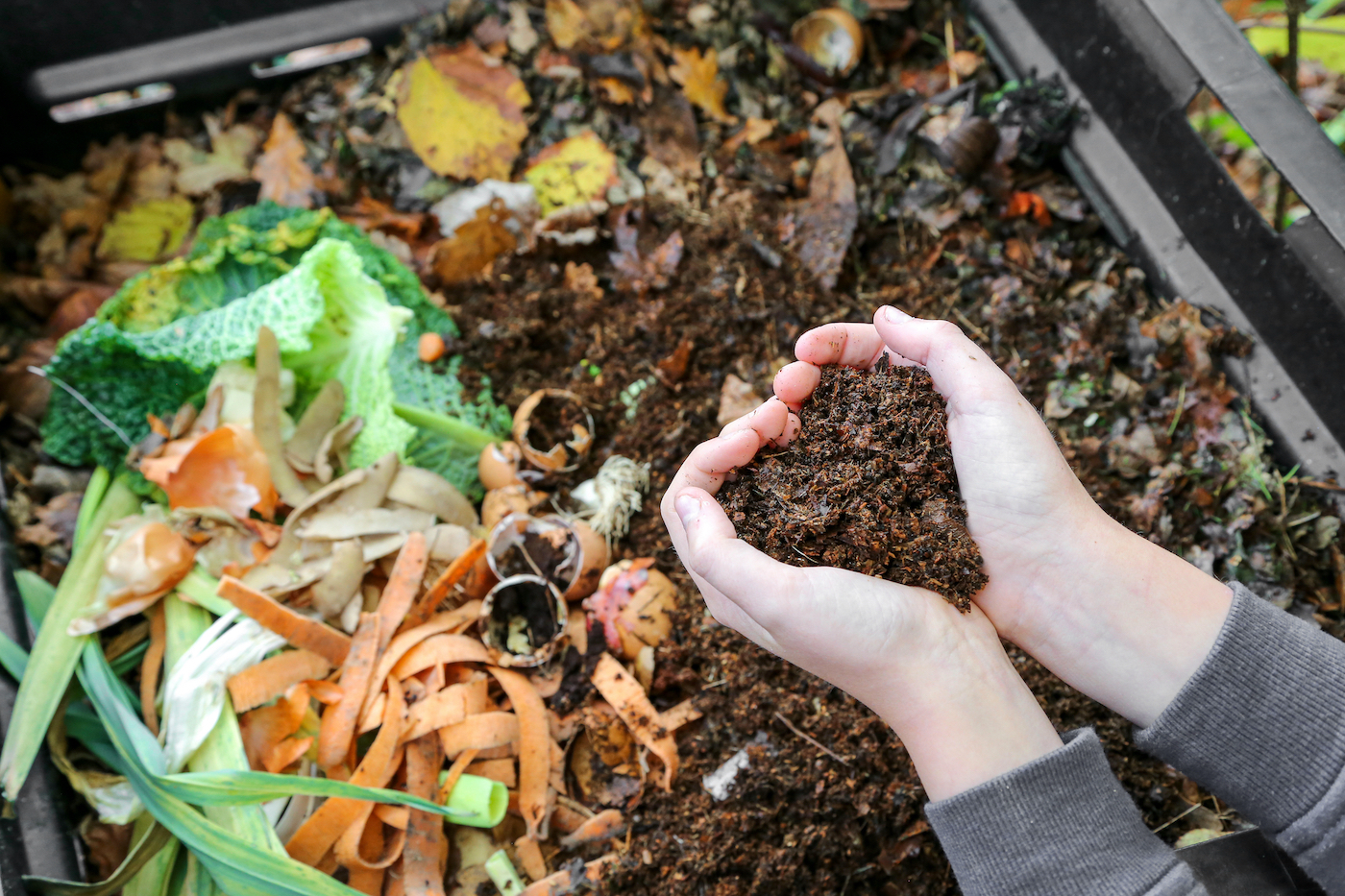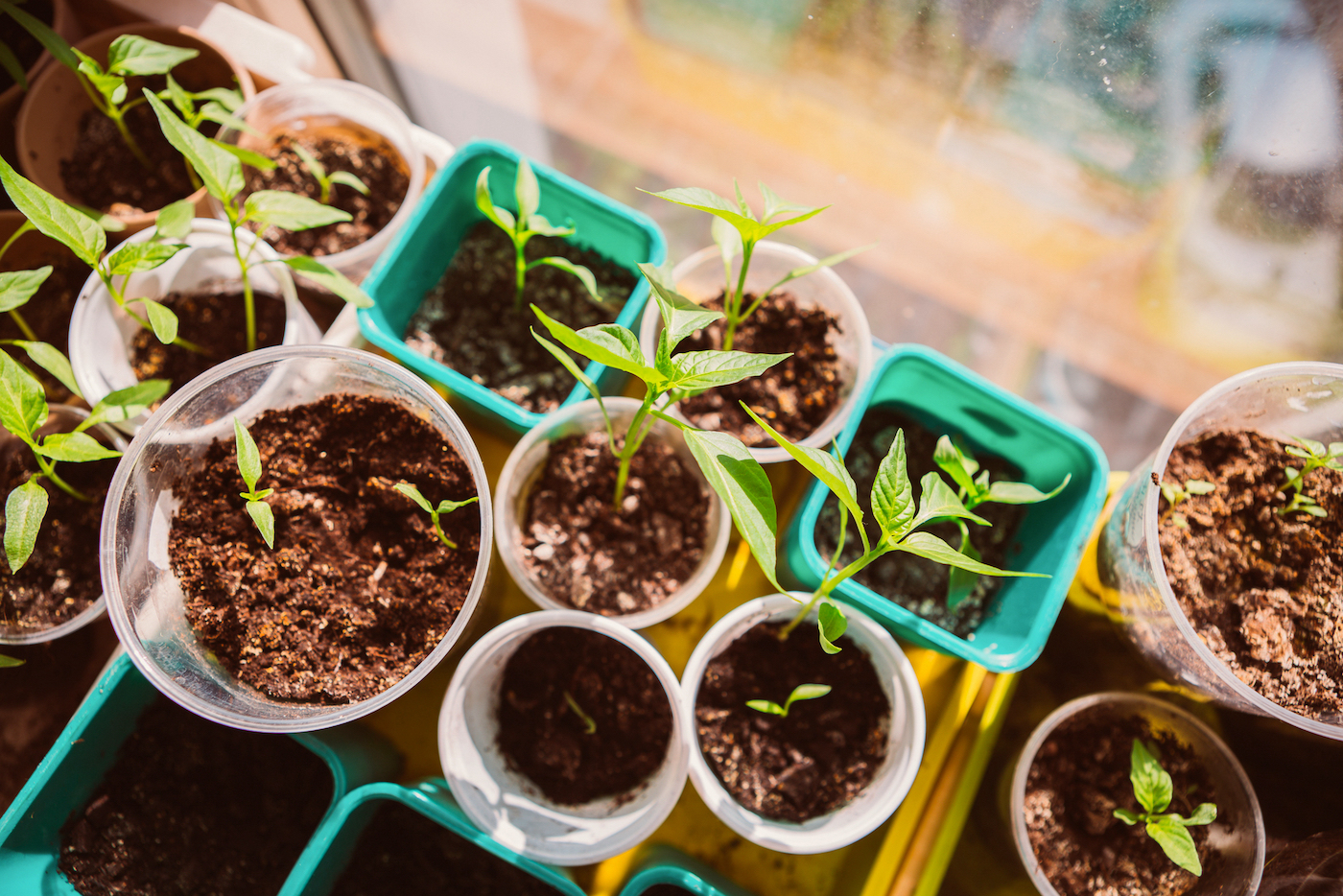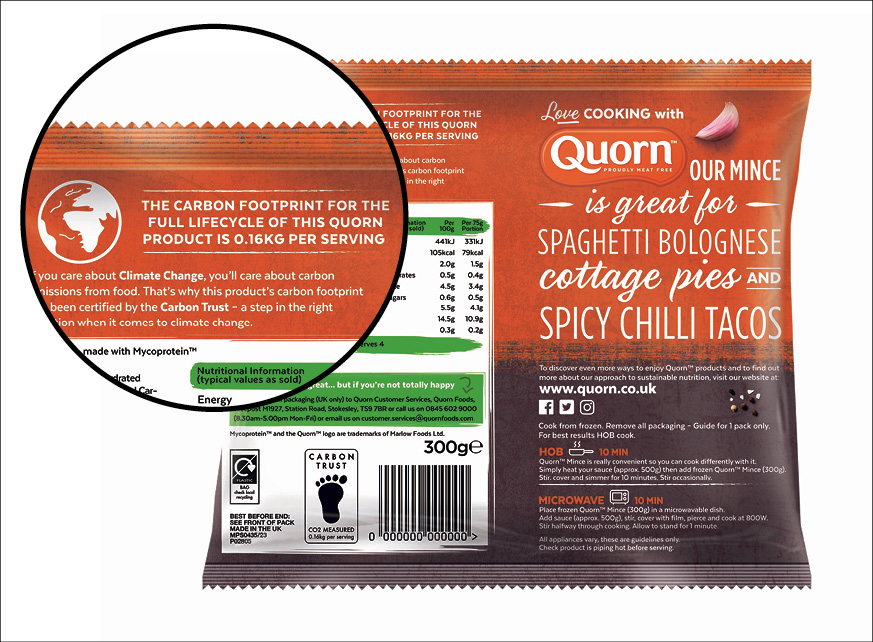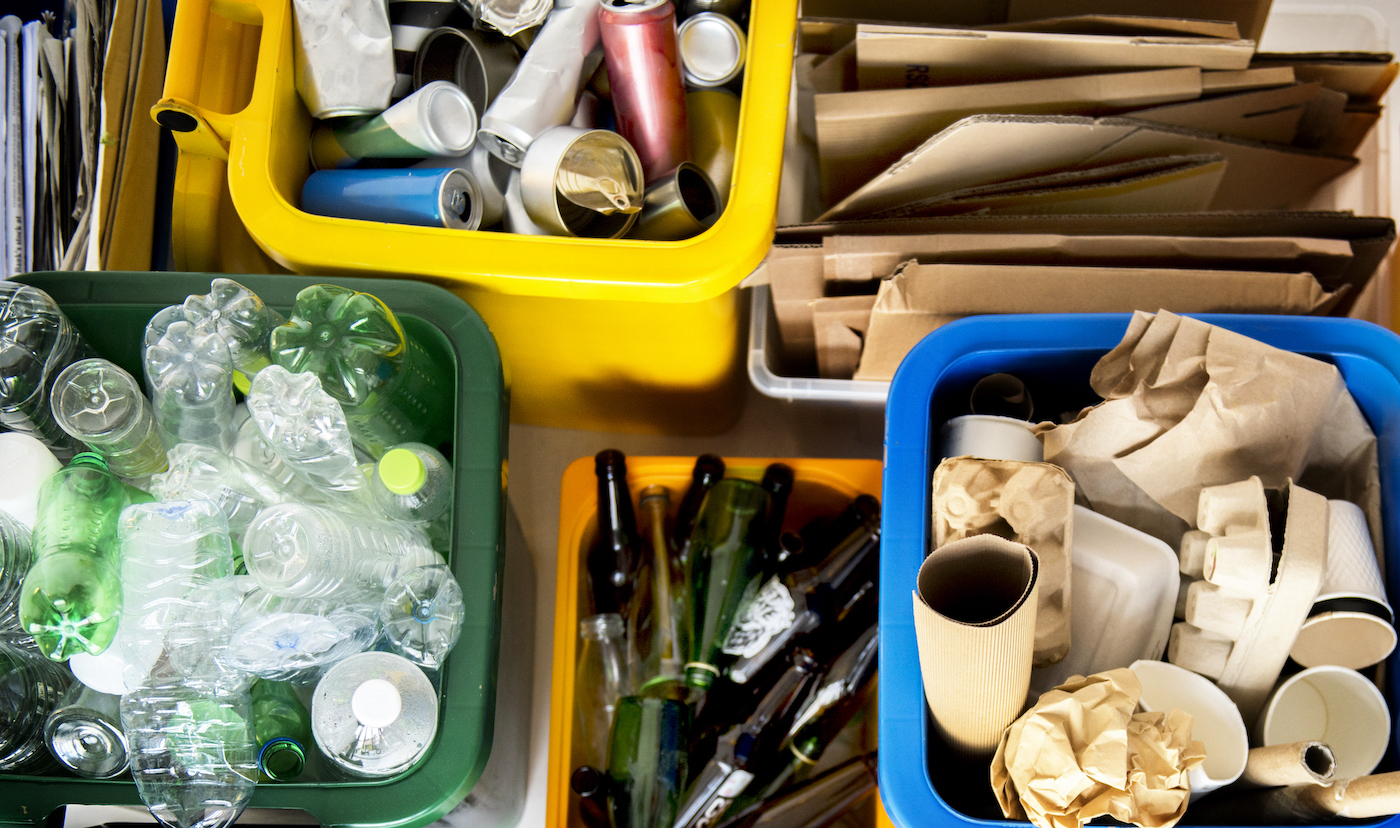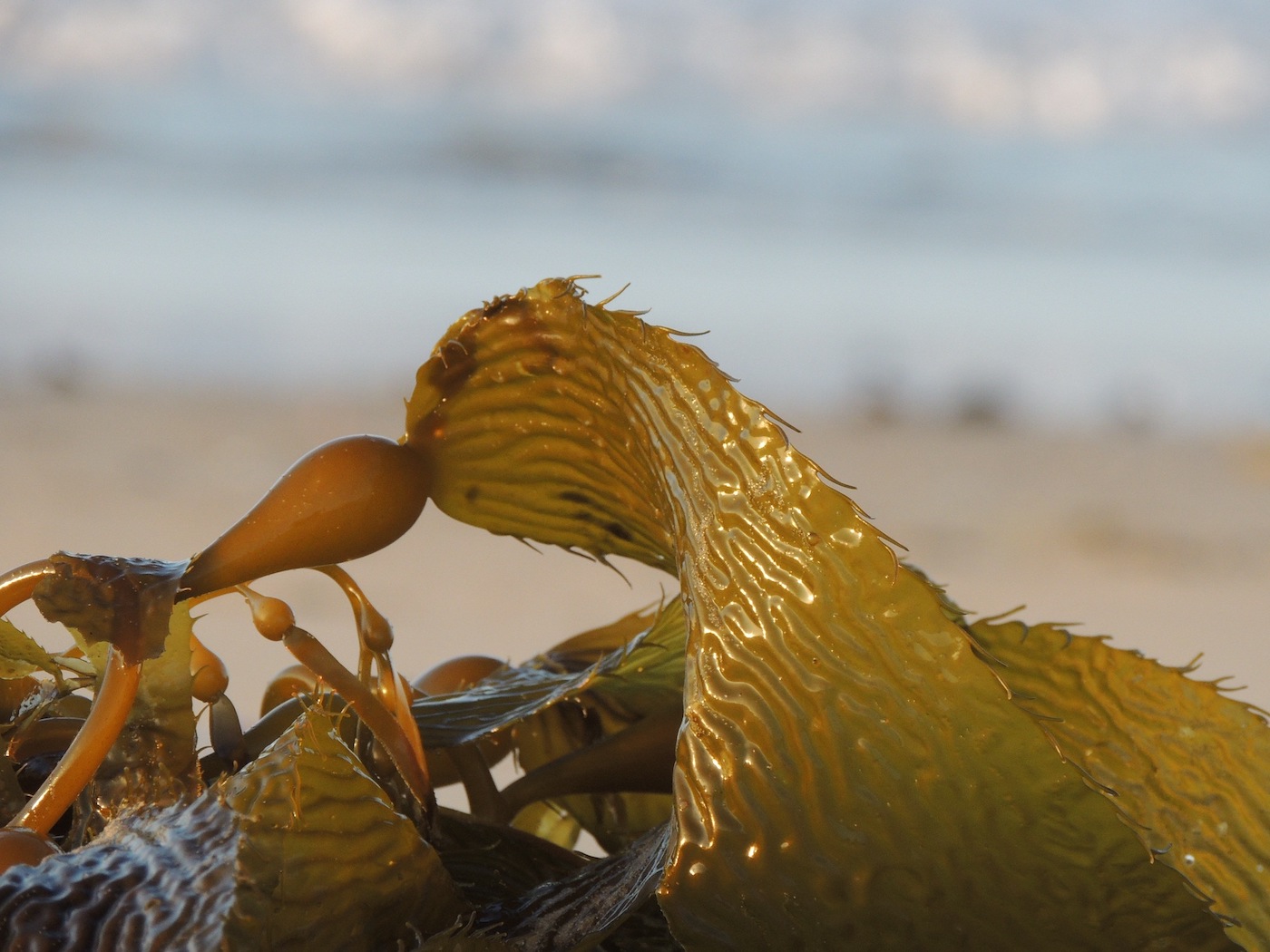As we enter the new year, we have one burning question in our minds: what are the emerging eco-friendly packaging trends in the consumer-packaged goods (CPG) industry for 2022?

From packaging design to packaging materials, the world of packaging is constantly adapting to minimize environmental impact and promote sustainability. Sustainable packaging comes as a response to environmental issues like the plastic crisis. For decades, the plastic crisis has continued to worsen with
5.25 trillion pieces of plastic filling our oceans. Microplastics threaten our Earth, wildlife, and even personal health as we ingest thousands of microplastic particles each day. Recognizing this, today there is a larger worldwide focus on reducing single-use plastics and therefore eco-friendly packaging options have become increasingly popular — for many consumers, it has even become an expectation. We see the demand for eco-friendly packaging staying strong as more brands and consumers prioritize sustainability through 2022.
Within itself, sustainable packaging encompasses many trends and innovations. It’s constantly evolving to meet new demands and improve its impact. This year will see the increasing prevalence and popularity of new designs, materials, and inventions.
1. New Compostable Materials
Packaging made with compostable materials has very minimal impact on the environment, as it is able to decompose fully after use without leaving harmful residues. Compostable packaging is always evolving to reduce impact throughout the sourcing and production processes, and to decompose more efficiently. One flaw in compostable packaging can be in its disposal process; many municipalities do not accept compostable products for composting, so they must instead be brought to an industrial composting facility or composted at home. This can make disposal more challenging and demanding for the everyday consumer. To be more accessible and avoid intimidating customers, compostable materials require further development as well as accommodation from municipal recycling and composting programs. In 2022 and beyond, the compostable packaging market will see innovations to fulfill these demands. This includes using new plant-based materials that have shorter decomposition timeframes.
A lot of consumers are familiar with compostable packaging which is
made from polylactic acid (PLA), recycled paper, wheat straw fibre, cellulose, or bamboo. But, have you ever considered other plant-based materials, such as sugar cane and beets? Hong Kong-based coffee company,
Beams Coffee, creates its Nespresso-compatible pods with these
exact materials. With the right conditions, Beams’ pods can decompose in 10 weeks – the only by-products left from their decomposition are
carbon dioxide, biomass, and water.
Other
plant-based packaging materials that are being developed around the world include mushroom mycelium, coconut husk, and shrimp shells. When formed appropriately, these organic materials can create provide useful packaging solutions with numerous structural and functional benefits. In 2022, we look forward to seeing compostable materials continue to advance and take theCPG industry by storm.
2. Seed Paper & Plantable Packaging
What’s better than leaving minimal to no impact on the environment? Leaving a positive impact on the environment! Seed paper and plantable packaging can do just that. With seeds embedded in the paper packaging or cards, these materials contribute zero waste and once they’ve been used, they can be planted with soil, watered, and cared for until they grow plants such as herbs or native species.
Botanical Paperworks is an example of a Canadian company producing seed papers that have been used to create packaging with embedded native wildflower seeds.
Not only does plantable packaging reduce waste, but it shows an extra commitment towards sustainability and engages the customer in a unique way. This packaging does not require fancy technologies or external facilities – anyone can dispose of it in their own home or backyard.
Image by Quorn™️ via quorn.us
3. Carbon Footprint Label
If one thing’s certain, it’s that the consumer-packaged goods industry can have a large carbon footprint, from sourcing, to production, to transportation, and more. As consumers become more environmentally conscious, transparency becomes increasingly important for businesses. Transparency can demonstrate that a brand is not participating in greenwashing and promote consumer trust.
One way that businesses are demonstrating transparency is by informing consumers of their environmental impact. To address their carbon footprint, some brands opt to include a carbon footprint label on their packaging. This label clearly states the amount of carbon a business produces, and calls for the consumer to learn more about their efforts to reduce their environmental impact.
Take the oat milk brand, Oatly, for example, which includes a carbon label on each of its carton designs. The label states a value of kilograms of CO2e/kg *carbon dioxide equivalent per kilogram), or the amount of greenhouse gas emissions created per kilogram of oat milk.
Including a carbon footprint label on product packaging is a fantastic way for brands to show consumers they care about their impact, are not hiding it, and seek to improve. However, it can sometimes present confusion or lack impact as most consumers don’t have a sense of what CO2e/kg is, or what is a high or low amount. Still, it is a helpful figure to share to promote transparency and inform consumers who want to know more.
It is also difficult to get an accurate calculation of carbon dioxide emissions for your product, so this design solution can be inaccessible for smaller brands due to costs and resources.
In 2022, it’s likely that we’ll continue to see the introduction of new labels and information on packaging as consumers and brands continue to prioritize sustainability and transparency.
Recyclable materials continue to be a popular choice for sustainable packaging, and it’s not a trend we see ending anytime soon. Recycling is common practice amongst consumers, and a wide range of recyclable materials are accepted by municipalities.
Recyclable packaging is a beneficial and reliable choice to incorporate sustainability into a product. Disposable plastic production and waste have long contributed to the plastic crisis, but recycling reduces this impact by extending material life cycles.
Recyclable materials are well-suited to a variety of products. If a product requires certain storing conditions or protection, recyclable packaging can likely fulfill these needs. It’s a reliable and versatile option that is easier to adopt than one might think. The future for recyclable packaging is bright, especially as the number of recycling facilities grows and material innovations continue.
It’s also important to choose recyclable materials for packaging wisely, considering their disposal processes. Paper and metal packaging tend to be recycled more readily by recycling facilities after the consumer has thrown them away in the blue bin. On the other hand, recyclable plastics are sometimes not accepted by facilities and instead go to the landfill.
If recyclable packaging seems like the right fit for your product and business, you can start here with us at Rootree. We’re proud of our recyclable packing options and would love to support your sustainability efforts. Feel free to reach out to our Sales Team — we’re always looking to chat sustainability and packaging.
Yes, that’s right — packaging you can eat! If there’s anything better than minimal waste left behind, it’s no waste at all. While it may seem daunting, edible packaging is becoming more common with the development of new, innovative materials. Today, edible materials are often found in single-use packaging for food products.
One brand leading the edible packaging trend is
Evoware, created by Evo & Co.. Evoware is a business that offers alternatives to single-use plastic products, such as cups, straws, and food wraps. Its products are made from seaweed and other plant-based materials, so they are entirely safe to consume, or decompose into a natural fertilizer for plants.
Notpla is another business that uses seaweed and plant-based materials to create its single-use sachets and pipettes. Like Evoware, this packaging is completely edible and compostable.
These brands have shown the possibilities of edible packaging. Not only is it low impact, but also multi-functional for many products and uses. This is definitely a trend we see growing this year and beyond!
There you have it; our predictions for a new year of trends in sustainable packaging and design! We’re excited to see what innovations 2022 brings as brands continue to make strides towards sustainability.
If sustainable packaging seems like the right fit for your product and business, you can start here with us at Rootree. We’re proud of our recyclable and compostable packing options and would love to support your sustainability efforts. Feel free to
reach out to our Sales Team — we’re always looking to chat sustainability and packaging.

